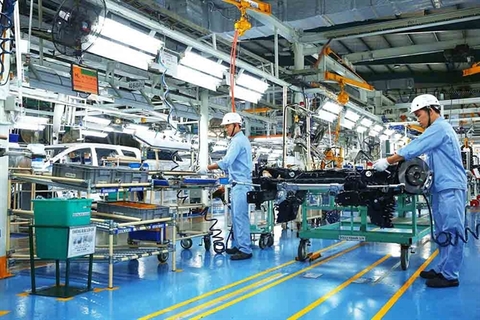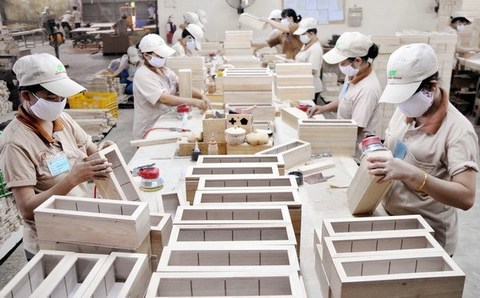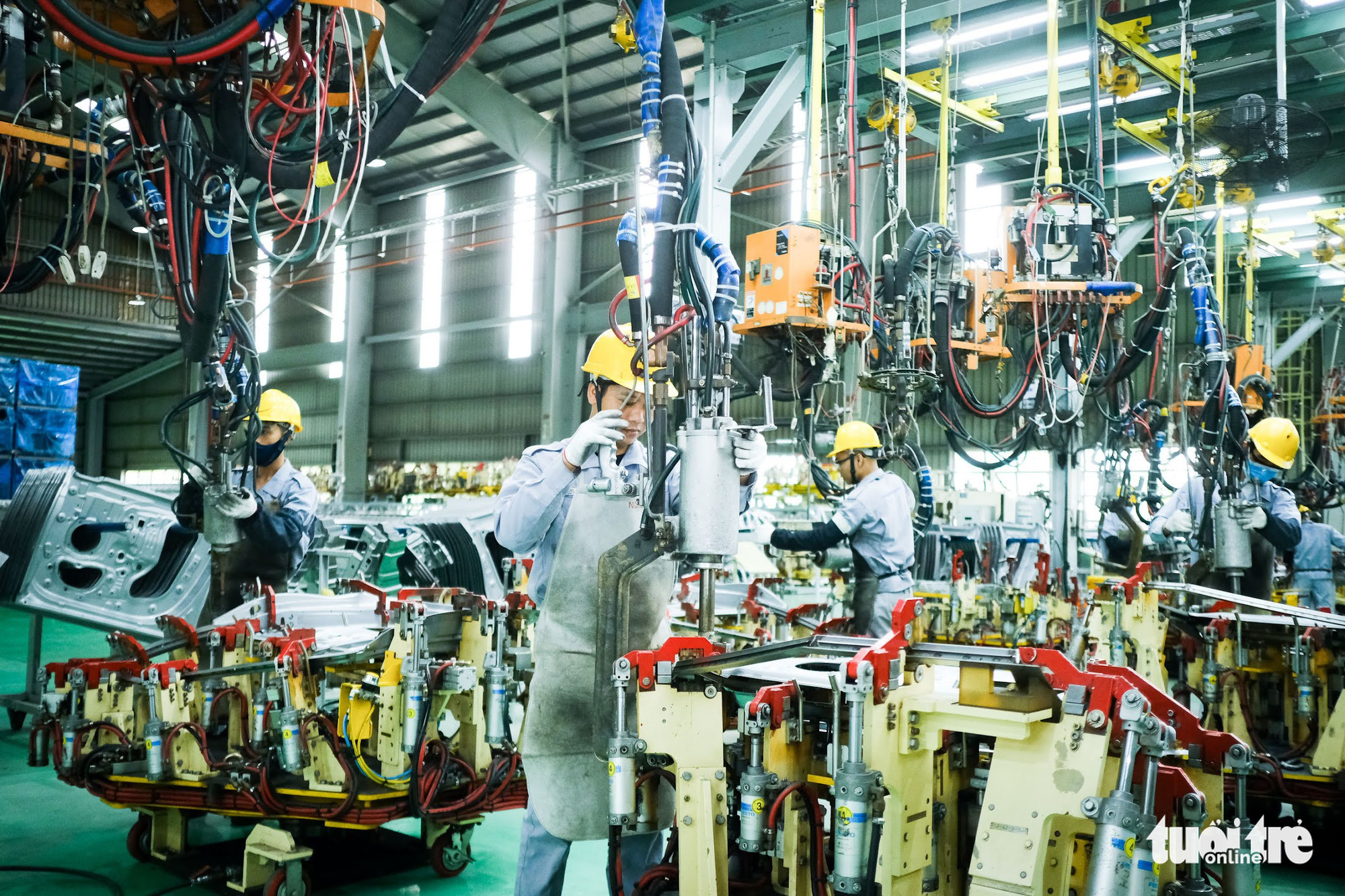Capital roadblocks hindering nation’s oil and gas prospects
Capital roadblocks hindering nation’s oil and gas prospects
As the Vietnamese market continues to wait for large oil and gas projects to launch, the focus lies on small-scale ventures and innovative investment attraction schemes to profit from the world’s high oil prices.
Despite strong oil prices in 2022, the Vietnamese market has seen little progress in major gas field projects due to delays in various stages related to capital arrangement and trade negotiations. Many investors expect that Block B of the O Mon initiative will have a final funding decision in 2023. Some investors are also hoping the project’s disruption may open up opportunities for domestic contractors to participate more deeply in the venture.
However, Block B is still waiting for the government’s approval to use capital from official development assistance.
Meanwhile, the Blue Whale gas-power project is many years behind schedule, with the first gas flow expected to come ashore in 2024. Vietnam’s oil and gas group PetroVietnam, Electricity of Vietnam, and ExxonMobil have been working on this venture since July 2020.
Le Manh Hung, CEO of PetroVietnam, met with ExxonMobil vice chairman John Whelan in May to promote the progress of the Blue Whale project. He wanted ExxonMobil to make a final investment decision soon and sign a new gas trading framework agreement after the old one expires, but progress remains slow.
In contrast to large gas field ventures, others at existing fields such as the Bach Ho oil field were approved a few months ago.
Nguyen Ngoc Hai, an energy analyst at VNDIRECT Securities, said, “They will partially offset the exhaustion of production from long-standing mines. These projects will be implemented soon, thanks to the connection with the available offshore infrastructure system and the high oil price, which contributes to providing job opportunities for service providers, such as domestic oil and gas firms and drilling service providers.”
In 2023, global crude oil demand is likely to decelerate due to obstacles coming from a stronger US dollar, China’s adaption to the pandemic, and the Ukraine war. The US Energy Information Administration forecasts that global demand in 2023 will only increase by 1.5 per cent, lower than the rate of 2.2 per cent in 2022. However, Hai said that the market is less likely to fall into an oversupply. “Concerns about slowing demand could be eased by supply-side moves, helping oil prices stay high next year.” VNDIRECT expects the average Brent oil price to reach about $90 per barrel in 2023.
“We see potential upside momentum in tanker freight rates as the Ukraine crisis is reshaping global crude trade flows,” Hai said. “The diversion of energy flows from Russia has changed shipping routes, made distances longer, and put pressure on the global oil and gas transportation market.”
The demand for crude and fuel tankers has increased since the EU imposed sanctions on Russia, he added. “In the coming months, demand for fuel tankers will continue to grow as demand for diesel increases in Europe. This trend will continue in the coming months when the EU embargo comes into effect from the end of 2022.”
Global obstacles will also slow down Vietnam’s transition to liquefied natural gas (LNG), Hai commented. According to the Power Development Plan VIII, LNG will be one of the most important energy sources thanks to its stable power generation and the ability to easily increase capacity through imports with plant projects.
However, due to the skyrocketing LNG price globally, and the prolonged impact of the Russia-Ukraine conflict, Hai is concerned that the transition to LNG power will be delayed in the short term due to high costs. “This will affect the competitiveness of LNG as well as the progress of related power plants,” he said.





















